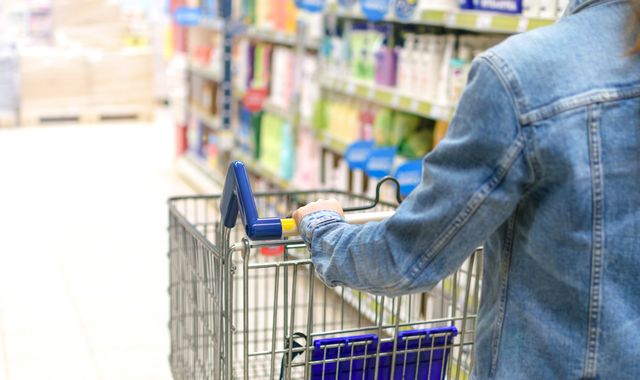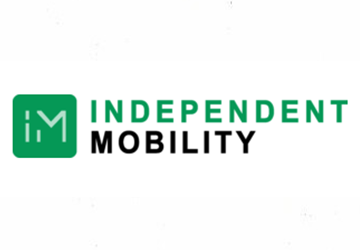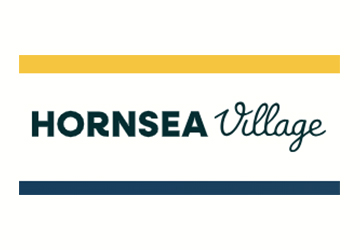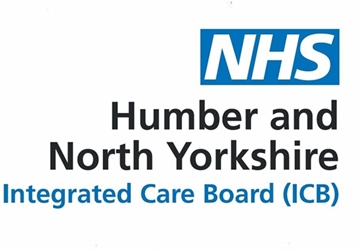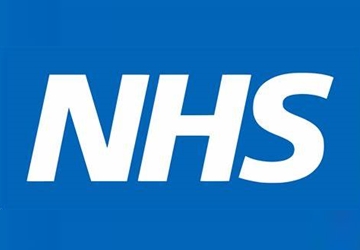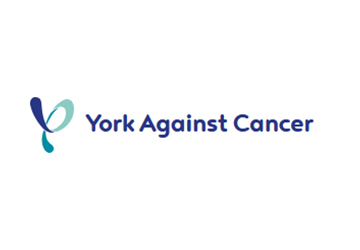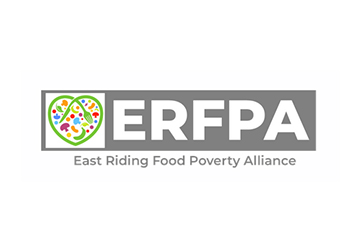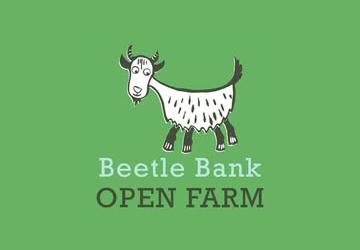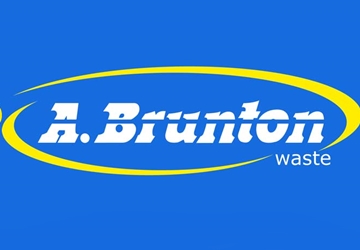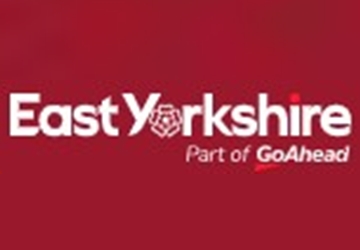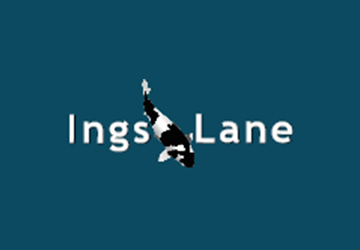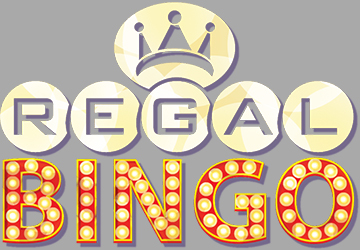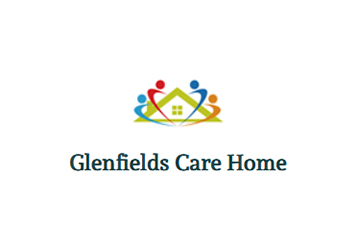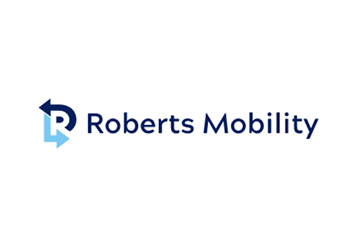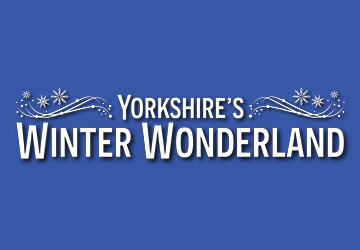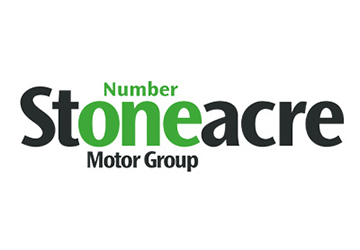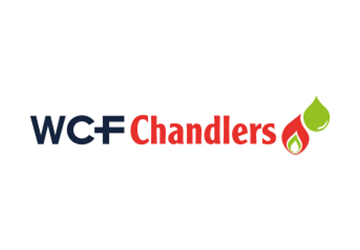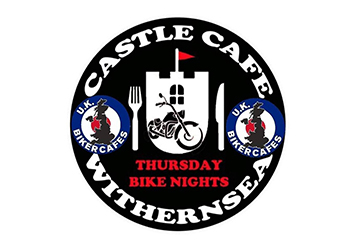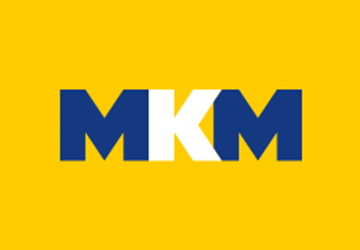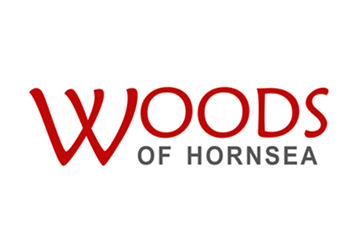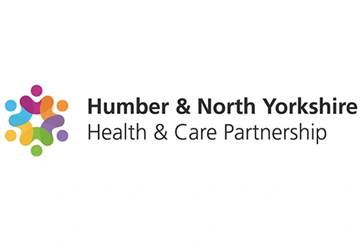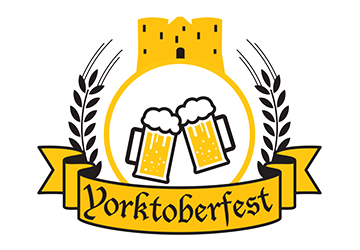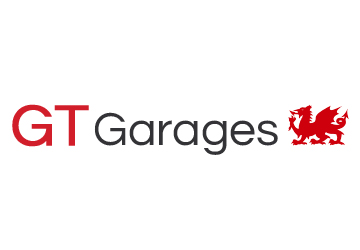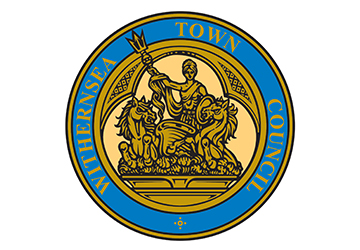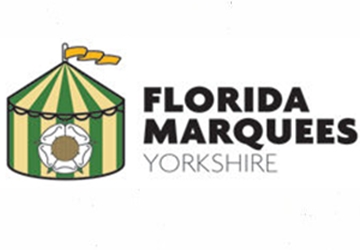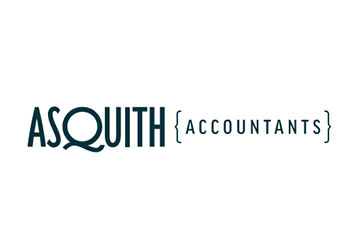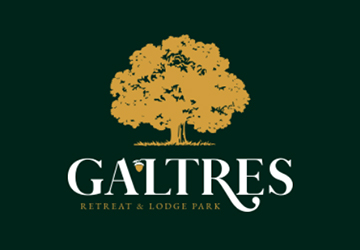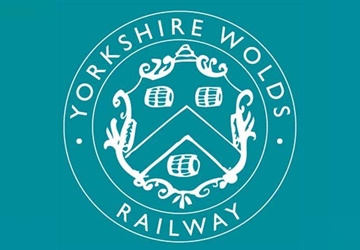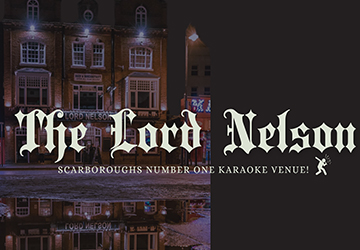The Office for National Statistics (ONS) had been expected by economists to reveal a figure of 4.1% – a level not seen since October 2023.
But the main consumer prices index (CPI) measure over the rolling 12-month period was held down by the first decline in food and non-alcoholic drinks prices since May last year, easing from 5.1% to 4.5%, and slowing costs for live events.
At 3.8%, however, the UK’s inflation rate remains the highest in the G7.
Money latest: What inflation hike means for state pension and rail fare increases
September’s inflation figures don’t just lay bare rising cost pressures on households and businesses currently.
They are also used to determine the uplift for the state pension in April.
Under the triple-lock mechanism, the pension payments are set to rise in line with earnings at 4.8% as the figure is running higher than the 3.8% rate of inflation and 2.5% minimum threshold.
An acceleration in the pace of price growth had been widely expected by economists. The ONS cited upward pressure from items including fuel prices and second-hand car costs, but they were not enough to lift the headline figure.
ONS chief economist Grant Fitzner said: “A variety of price movements meant inflation was unchanged overall in September.
“The largest upward drivers came from petrol prices and airfares, where the fall in prices eased in comparison to last year.
“These were offset by lower prices for a range of recreational and cultural purchases including live events.”
He added that the outlook for food was uncertain as factory gate price data showed rising costs.
While lower than expected, the CPI rate still remains almost double the Bank of England’s target rate of 2%.
The most recent language out of the Bank’s interest rate-setters had centred on the potential for elevated inflation to postpone prospects for more interest rate cuts.
Bank rate currently stands at 4%.
But the Bank and most economists expect inflation to have peaked, barring further economic shocks.
The contribution from energy is likely to fall sharply next month, despite a 2% rise in bills.
Much will also depend on core and services inflation measures, also lower than expected today, continuing that trend.
These, along with pay growth rates, are crucial bits of information for the Bank to determine whether inflation is ingrained in the economy.
Private business surveys would suggest that its efforts to get inflation down may also be helped by subdued confidence in the economy ahead of the budget next month.
There are widespread fears of big tax rises ahead to fill a void, estimated at up to £30bn, in the public finances.
Read more:
Chancellor looks at cutting energy bills in budget
Why the bull market for beef?
Borrowing figures released on Tuesday showed government borrowing in the financial year to date £7.2bn above the level forecast by the Office for Budget Responsibility.
At the same time, tax receipts were up almost 10% in September compared to the same month in 2024.
Chancellor Rachel Reeves is being urged to act in a way that does not risk fanning the flames of inflation after businesses passed on higher employment costs imposed months after her first budget.
